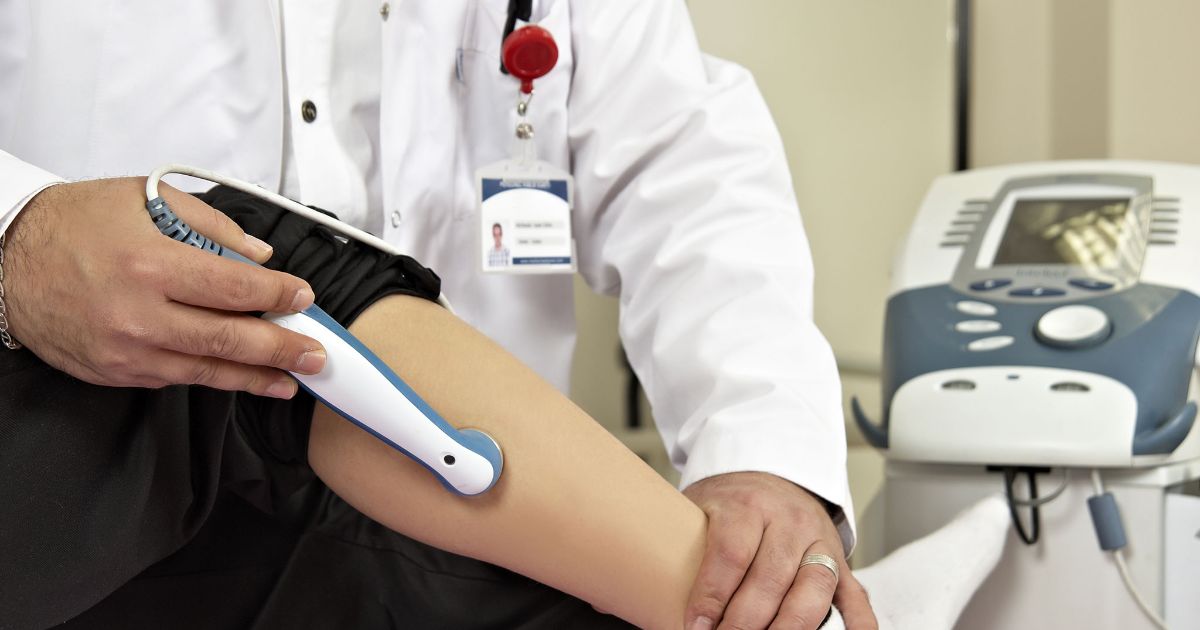How To Diagnose And Treat A Strawberry Hemangioma
A strawberry hemangioma is a type of birthmark that forms from a cluster of extra blood vessels located close to the surface of the skin. This type of birthmark typically develops at some point during the first few weeks after birth, and it may be either flat or elevated from the skin's surface. Strawberry hemangiomas are a dark red, and they can occur anywhere on the body. However, they most often develop on the scalp, face, chest, or back. Hemangiomas are not painful, and they do not normally pose any danger to the patient. Generally, they fade in color by the time children reaches ten years old. Depending on the location of the birthmark, some patients may choose to have it removed for cosmetic reasons.
The following tests and treatments are some of those most often provided for patients with strawberry hemangiomas.
Tissue Biopsy

Doctors can usually diagnose a strawberry hemangioma with a clinical examination, though occasionally a tissue biopsy may be warranted. This test helps the physician determine what type of hemangioma is present and how deep underneath the skin it may go. A biopsy may be ordered if the doctor believes the location of a strawberry hemangioma could pose a risk to a vital organ, and the procedure may also be performed if it is of a large size. Tissue biopsies for strawberry hemangiomas are usually performed by plastic surgeons or dermatologists. To perform the biopsy, the doctor first gives the patient an injection of a local anesthetic to numb the area around the hemangioma. For pediatric patients and individuals who are afraid of needles, a topical numbing cream can sometimes be applied before the injection to provide additional pain relief. After the area is numb, the doctor removes a small piece of tissue from the hemangioma and closes the wound with stitches. The tissue is then placed underneath a microscope, where it is examined by a pathologist. Depending on the results of the biopsy, doctors may recommend no further treatment is needed, or they may suggest the entire strawberry hemangioma be removed.
Reveal more on diagnosing a strawberry hemangioma now.
MRI Or CT Scan

Patients who have large strawberry hemangiomas that may threaten a vital organ typically need to have an MRI or CT scan. These imaging studies are performed by radiologists, and they help doctors get a more detailed view of the depth of the birthmark and find out more information about the blood vessels that may be involved. CT scans use radiation for imaging, and MRI scans use magnetic fields to produce images. Doctors will recommend a particular type of scan after assessing the patient's overall health. Both tests are painless, and the patient simply lies on a table while the imaging device works above them. If a patient is anxious, they may be given a mild sedative in advance of the procedure. Sometimes, the doctor may ask for the scan to be completed with and without contrast. For scans completed with contrast, the patient either drinks a solution or is injected with a substance that enables the area in question to be seen more clearly on the scan. MRI and CT scans can be particularly useful if surgery to remove a hemangioma has been recommended.
Learn about how to treat a strawberry hemangioma next.
Surgery

Surgical options are usually considered a last resort for strawberry hemangioma treatment, and operations are often only recommended for hemangiomas that may pose a risk to organs. Some patients who have strawberry hemangiomas on the face or other areas visible on a regular basis may choose to have them removed for cosmetic reasons. If the procedure involves the removal of a strawberry hemangioma that is small and not too deep, the operation can normally be performed in a dermatologist's or plastic surgeon's office with the use of local anesthetic. Patients may need to return the week after the procedure to have stitches removed, and doctors may prescribe pain relievers for patients to take after the surgery. For larger or deeper hemangiomas, patients may need to have the removal performed under general anesthesia, which will take place at a hospital or at an outpatient surgical facility. Patients can normally be discharged the same day. Risks of both types of procedures include scarring and bleeding, and these risks will be carefully explained to the patient before the operation.
Continue reading to reveal more strategies for treating a strawberry hemangioma now.
Topical or Oral Medication

The use of topical or oral medication can encourage strawberry hemangiomas to fade, making them less noticeable. These medications are available by prescription only, and dermatologists and plastic surgeons can provide patients with personalized advice about which medications may work best for them. In addition to topical and oral medications, some medications are available as injections. In 2014, a drug known as propranolol hydrochloride was approved to treat strawberry hemangiomas in pediatric patients. The medication is a beta blocker that is also used to treat heart conditions. While taking this medicine, patients and caregivers should remain alert for potential side effects such as diarrhea, stomach cramps, nausea, and insomnia. Patients should be monitored closely by their physicians with regular follow-up care, and any side effects should be reported to the patient's healthcare team.
Uncover details on the next option for treating a strawberry hemangioma now.
Laser Treatment

Laser treatment helps make hemangiomas lighter, and it can also be used to completely remove some strawberry hemangiomas and slow down their spread. Some patients may have laser procedures in preparation for surgical operations. Generally, the pulsed dye laser is used in strawberry hemangioma treatment. This type of laser has a cooling component that reduces pain for the patient, and many can be treated with this laser without needing anesthesia. In particular, the pulsed dye laser is beneficial in the treatment of hemangiomas that occur near the diaper area in children, and it can also safely treat hemangiomas that have broken open. For hemangiomas that occur in the mouth, most professionals opt to use the ND:YAG laser, which is sometimes used to treat strawberry hemangiomas that occur on the skin.